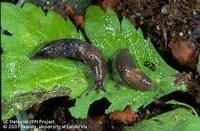Is your organization looking for a speaker for an upcoming event?
Are you a San Mateo or San Francisco County resident with an interest in science-based horticulture and sustainable gardening practices, and a desire to share your knowledge and skill with the public as a volunteer in your community?
Thank you for making our Spring Garden Market a success
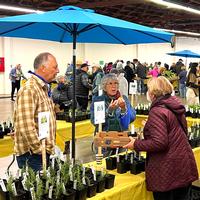
It's Tomato Time!
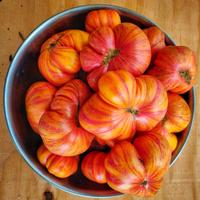
Plant for Pollinators
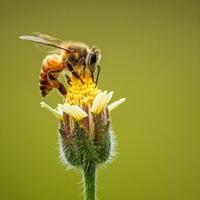
Got Rodents? How To Be Pest Free Without Poison
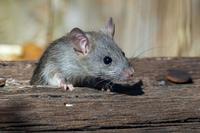
Weeds: Pros and Cons
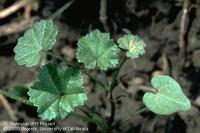
The best ways to manage weeds that you don’t want growing in a particular location include hand-pulling, cutting or shallow hoeing. Use mulch to suppress weed growth. For more information, see Weeds in Landscape.
A New Perspective on Slugs
YouTube Channel - Latest Videos
Publications
-

Starting from Scratch: The Miracle of Seeds
Growing your own plants from seed has a lot of advantages: more variety, less cost and getting a head start on the growing season are just a few. Practicality aside, it's just plain miraculous to grow plants from seeds. The process of putting hard, dry,...
-

A New Year in The Garden: Inspirations for 2024
It's January and, although it may be cold and damp, the days are getting longer by a few seconds each day—just enough additional daylight to stir a gardener's blood. While plants and soil are taking their winter rest, it's a great time for us...
-

The Rain Garden: A Simply Elegant Solution to Stormwater Pollution
Last winter's epic rainstorms have caused many of us to think about what we can do to mitigate the impact of heavy downpours on our communities. As it happens, the impervious surfaces that keep us dry and mud-free (our homes, patios, driveways, etc.)...
Advice to Grow By...Ask Us!
UC Master Gardener volunteers are ready to help you and your garden. Have a question about gardening? Ask a Master Gardener
Calendar
| Event Name | Date |
|---|---|
| Lyngso Zoom Series: Basics of Raising Chickens | 4/17/2024 |
| Planting a Garden with California Native Plants | 4/20/2024 |
| Sustainability for All Tabling Event | 4/20/2024 |
| Master Gardener Education Table at the Divisadero Farmers' Market | 4/21/2024 |

